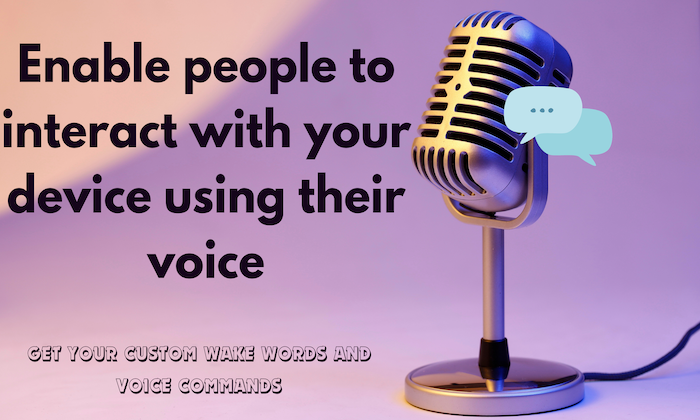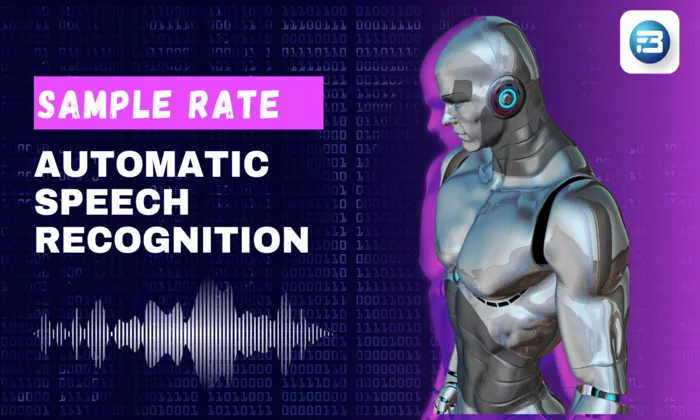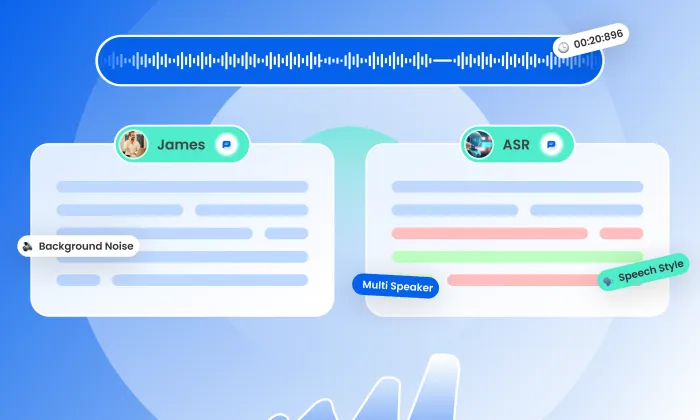How Do Wake Words Differ from Regular Voice Commands?
Voice Commands
Wake Words
Smart Devices
In voice recognition technology, understanding the distinction between wake words and voice commands is essential. This separation affects system design, performance, privacy, and user experience. For AI engineers, researchers, and product managers, recognizing these roles is critical for building responsive, scalable voice systems.
Q: What’s the Difference Between Wake Words and Voice Commands?
A: Wake words like “Hey Siri” or “OK Google” are short trigger phrases that activate a device’s listening mode. Once activated, voice commands follow phrases like “Play music” or “Set an alarm” to instruct the system on what to do.
Trigger Phrases: How Wake Words Activate Your AI
Wake words initiate interaction. They are short, phonetically distinct, and designed for fast, reliable recognition. The system remains idle until it detects a wake word, at which point it switches to active mode.
Common Wake Words
- “Alexa”
- “Hey Siri”
- Brand-specific phrases like “Bixby” or “LG Smart”
At FutureBeeAI, we train acoustic models using multilingual datasets to ensure accurate wake word detection across environments and speaker types.
Voice Commands: From Intent to Execution
Once the system is activated, voice commands guide the next action. These commands are parsed using natural language processing (NLP) and are often context-dependent, such as:
- “What’s the weather today?”
- “Start my morning playlist”
- “Set a reminder for 3 PM”
Why This Separation Matters
1. System Design and Performance
- Wake word detection: Requires constant listening with minimal memory and power usage. Key metrics include FAR (False Accept Rate) and FRR (False Reject Rate).
- Voice command recognition: Needs NLP engines to interpret diverse intents, requiring more computational power and often cloud integration.
2. Edge vs. Server Processing
- On-device wake word detection supports privacy and reduces latency
- Cloud-based NLP processes complex commands and enables richer functionality
3. User Experience
- A fast, accurate transition from wake word detection to command execution improves satisfaction and usability.
4. Privacy and Security
- Ensures the system listens only after a verified trigger
- Reduces false activations that could lead to unintended actions
Technical Insights into Wake Word Detection
- Acoustic model training: We use convolutional neural networks (CNNs) to boost accuracy in real-world environments
- Signal processing: Techniques like noise reduction and gain control are applied to isolate the wake word cleanly
Real-World Applications
- Smart homes: Wake words control lighting, appliances, and security
- Automotive systems: Allow drivers to manage navigation and media without distraction
- Mobile apps: Enable hands-free interaction during multitasking (e.g., cooking, driving)
Challenges and Best Practices
Common Challenges
- Ambient noise: Degrades accuracy; use environment-tagged training data
- Accent diversity: Impacts recognition; addressed with accent-rich datasets
- Annotation quality: Inaccurate labels reduce model performance
Best Practices
- Use high-quality annotations with phoneme alignment and speaker metadata
- Collect diverse training samples across accents, ages, and acoustic settings
- Simulate real-world scenarios during model testing
Building with FutureBeeAI
FutureBeeAI offers wake-word detection datasets and custom voice data via our YUGO platform. Our datasets are:
- Available in over 100 languages
- Delivered in high-quality WAV format (16 kHz, 16-bit, mono)
- Enriched with speaker demographics, noise levels, and environment metadata
- Validated through our two-layer QA pipeline
Example: A consumer electronics company improved wake word precision by 25% using our SNR-labeled, multi-accent dataset.
Unlocking the Potential of Voice Activation
Separating wake word detection from voice command recognition allows teams to fine-tune each component for efficiency, accuracy, and privacy. With the right training data, you can ensure your voice assistant is fast, accurate, and globally usable.
Next Steps
Need 500+ hours of domain-specific voice data?
FutureBeeAI can deliver production-ready, compliant datasets in just 2 to 3 weeks.
Contact us today to request a sample or explore tailored voice data solutions.
What Else Do People Ask?
Related AI Articles
Browse Matching Datasets
Acquiring high-quality AI datasets has never been easier!!!
Get in touch with our AI data expert now!








